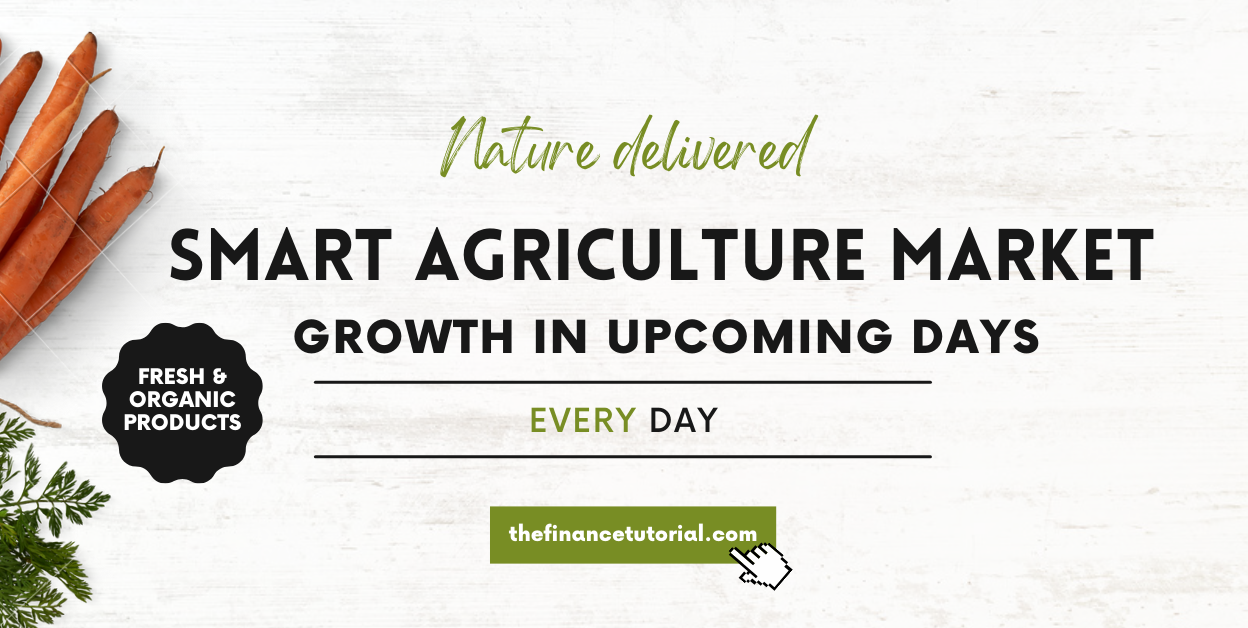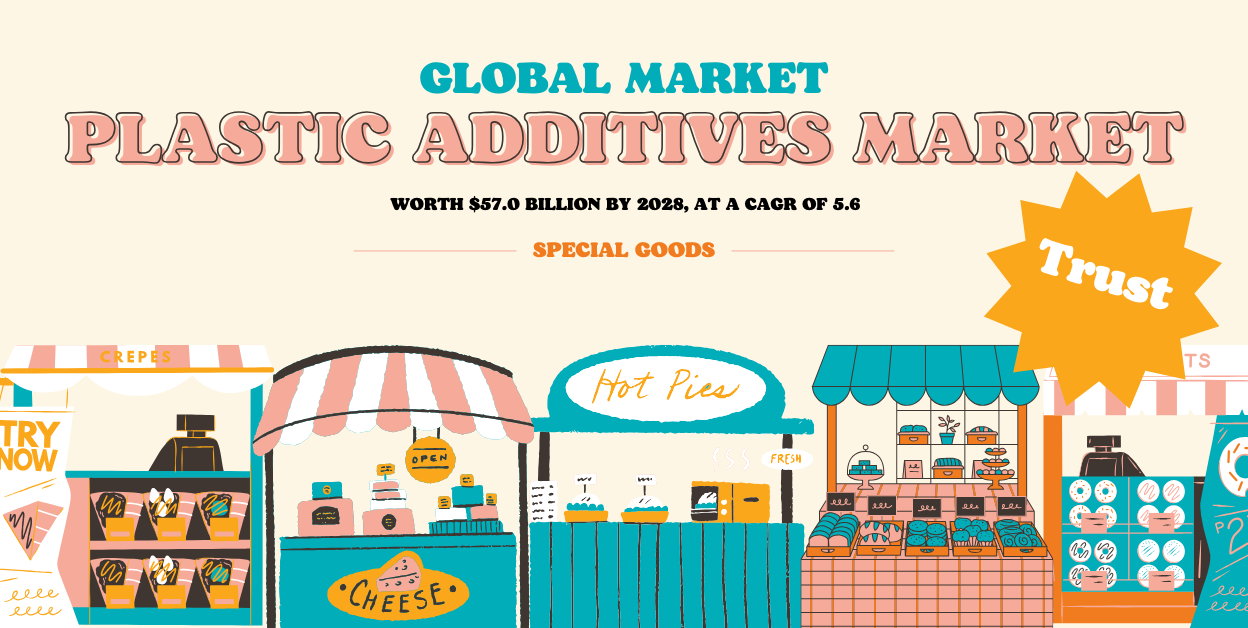Global agriculture is on the cusp of a dramatic transformation, driven by the meteoric rise of smart agriculture technologies.
This burgeoning sector poised to reach $29.2 billion by 2027 at a staggering 9.7% CAGR, has the potential to revolutionize how we cultivate our food and ensure food security for a burgeoning global population.
What is the Smart Agriculture Market?
Smart agriculture or precision agriculture leverages a powerful cocktail of cutting-edge technologies to optimize farm operations and maximize crop yields.
By collecting and analyzing data on various aspects of the farm environment, farmers can make informed decisions about irrigation, fertilization, pest control, and other critical agricultural operations.
- Sensors – that gather real-time data on environmental factors like soil moisture, temperature, and light intensity.
- Drones – that provide aerial imagery for crop health monitoring and yield estimation.
- Data analytics platforms – that transform raw data into actionable insights for informed decision-making.
- Artificial intelligence (AI) – that optimizes resource allocation, predicts crop yields, and automates tasks.
- Internet of Things (IoT) – that connects sensors, devices, and machines for seamless data exchange and automation.
Several key factors are fueling the explosive growth of the smart agriculture market. A rapidly increasing global population, projected to reach 9.7 billion by 2050, is placing immense pressure on food production systems.
Read also – Dollar General Corporation stock rises Wednesday, Dec 6 2023
Smart Agriculture Market Technologies
Smart agriculture technologies offer the promise of significantly boosting agricultural output to meet this escalating demand. Additionally, growing food security concerns, particularly in developing nations are driving the adoption of smart agriculture solutions that can optimize resource utilization, reduce food waste, and enhance overall agricultural efficiency.
Rapidly evolving technology is also playing a crucial role in the growth of the smart agriculture market. Advancements in sensor technology, data analytics, AI, and IoT are making smart agriculture technologies more affordable, accessible, and user-friendly for farmers of all sizes.
This is further bolstered by increasing government support for digital agriculture initiatives, particularly in the Asia Pacific, expected to witness the fastest growth in the smart agriculture market in the coming years.
However, the smart agriculture market also faces certain challenges. The high initial investment required for implementing these technologies can be daunting for small-scale farmers. Additionally, many farmers, especially in developing countries, lack the awareness and technical expertise to effectively operate and leverage smart agriculture solutions.
Furthermore, concerns about data security and infrastructure limitations in some regions can hinder the widespread adoption of these technologies.
Despite these challenges, the opportunities presented by the smart agriculture market are substantial. Companies are developing low-cost and user-friendly solutions specifically designed for small-scale farmers. Additionally, government and private organizations are implementing capacity-building programs to educate farmers about these technologies and train them in their application.
Moreover, robust data security measures are being developed to ensure the privacy and integrity of agricultural data. Finally, investments in rural infrastructure development are bridging the digital divide and facilitating the integration of smart agriculture solutions into farms across the globe.
Market Drivers of Growth
The exponential growth of the smart agriculture market is fueled by several key factors:
1. Rising Population:
The global population is projected to reach a staggering 9.7 billion by 2050, placing immense pressure on food production systems. Smart agriculture technologies offer the promise of increasing agricultural output to meet this escalating demand.
2. Food Security Concerns:
Food security is a growing global concern, particularly in developing nations. Smart agriculture technologies can address this challenge by boosting crop yields, reducing food waste, and enhancing resource utilization.
3. Technological Advancements:
Rapid advancements in sensor technology, data analytics, AI, and IoT are making smart agriculture technologies more affordable, accessible, and user-friendly for farmers of all sizes.
4. Government Initiatives:
Governments worldwide are increasingly acknowledging the potential of smart agriculture and are implementing policies and incentives to encourage its adoption.
See Also – Plastic Additives Market worth $57.0 billion by 2028 Globally
Market Challenges and Opportunities
Despite its immense potential, the smart agriculture market faces certain challenges:
- High initial investment: Implementing smart agriculture technologies can be expensive, particularly for small-scale farmers.
- Lack of awareness and technical expertise: Many farmers, especially in developing countries, lack knowledge about smart agriculture technologies and the skills required to operate them.
- Data security concerns: Farmers may be apprehensive about sharing sensitive agricultural data and ensuring its security.
- Infrastructure limitations: Limited access to reliable internet connectivity and other necessary infrastructure hinders the adoption of smart agriculture technologies in certain regions.
However, these challenges also present exciting opportunities:
- Development of low-cost technologies: Companies are focusing on developing affordable and user-friendly smart agriculture solutions for small-scale farmers.
- Capacity building programs: Government and private organizations are implementing initiatives to educate farmers about smart agriculture technologies and train them in their application.
- Enhanced data security measures: Companies are developing robust data security protocols to ensure the privacy and integrity of agricultural data.
Future Trends in the Smart Agriculture Market
- Increased adoption of AI and machine learning: AI and machine learning are expected to play a significant role in the future of smart agriculture. That’s enabling more precise and data-driven decision-making for farmers.
- Development of autonomous agricultural robots: Autonomous robots are expected to be increasingly deployed in smart farms, performing tasks such as planting, weeding, and harvesting, reducing labor costs, and improving operational efficiency.
- Integration with blockchain technology: Blockchain technology has the potential to revolutionize the agricultural supply chain, providing secure and transparent data management for food traceability, provenance, and quality control.
- Personalized farming solutions: Smart agriculture technologies will enable farmers to personalize their farming practices based on the specific needs of their crops and soil conditions, optimizing resource utilization and maximizing yields.
- Growing focus on sustainable agriculture: Smart agriculture technologies can play a key role in promoting sustainable agricultural practices by reducing waste, optimizing water and fertilizer use, and minimizing environmental impact.
Conclusion
The smart agriculture market is poised for explosive growth in the coming years, driven by a confluence of factors including rising population, increasing food security concerns, and technological advancements.
Leading players are actively developing innovative technologies, expanding their offerings, and exploring new markets to capitalize on this growth opportunity.
As smart agriculture technologies become increasingly affordable and accessible, they have the potential to revolutionize the agricultural industry and ensure food security for the growing global population.





